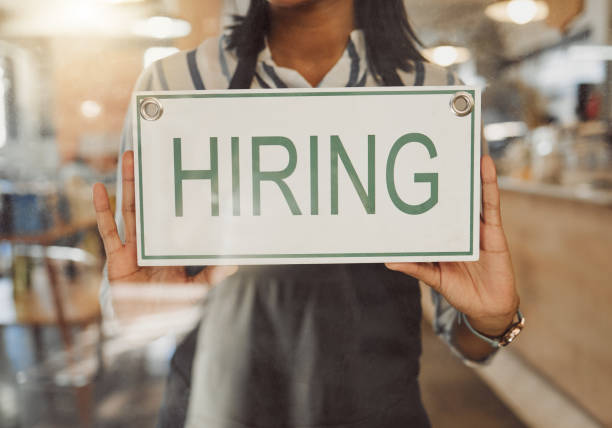Job openings have fallen to the lowest level in three years and hiring has slowed, potentially paving the way for the Federal Reserve to cut interest rates later this year.
The numbers: U.S. businesses added 152,000 new jobs in May to mark the smallest increase this year, paycheck company ADP said, in what appears to be another sign of a broader slowdown in hiring.
Economists polled by the Wall Street Journal had forecast a gain of 175,000.
“Job gains and pay growth are slowing going into the second half of the year,” said Nela Richardson, chief economist, ADP. “The labor market is solid, but we’re monitoring notable pockets of weakness tied to both producers and consumers.”
ADP is not a good predictor historically of the government’s official jobs estimate that follows a few days later, but the two reports do move in in the same direction over time.
The government on Friday is expected to report that 190,000 new jobs were created in May, according to a Wall Street Journal poll.
Key details: ADP said most of the new jobs were created in health care, education and shipping. Manufacturers and white-collar businesses cut jobs.
Big and medium-sized companies added all of the new jobs. Small-business employment declined.
Workers who’ve stayed in the same job earned a 5% increase in pay in the 12 months ending in May, ADP said. It hasn’t changed in three months.
Job switchers earned a 7.8% increase in pay in the same span, but the number fell for the second month in a row and is likely to keep slowing. The figure peaked at 16.4% two years ago.
The ADP report only tracks private-sector hiring. The U.S. jobs report includes government workers.
The increase in employment in April was lowered slightly to 188,000, revised ADP figures showed.
Big picture: High interest rates aimed at slowing inflation finally appear to be restraining the economy after surprisingly strong growth last year.
Job openings have fallen to the lowest level in three years and hiring appears to have slowed, potentially paving the way for the Federal Reserve to cut interest rates later this year.
The key is whether a surge in wages over the past few years continues to ebb. Businesses are still adding workers faster than the growth of the labor force and that could keep some upward pressure on inflation.











